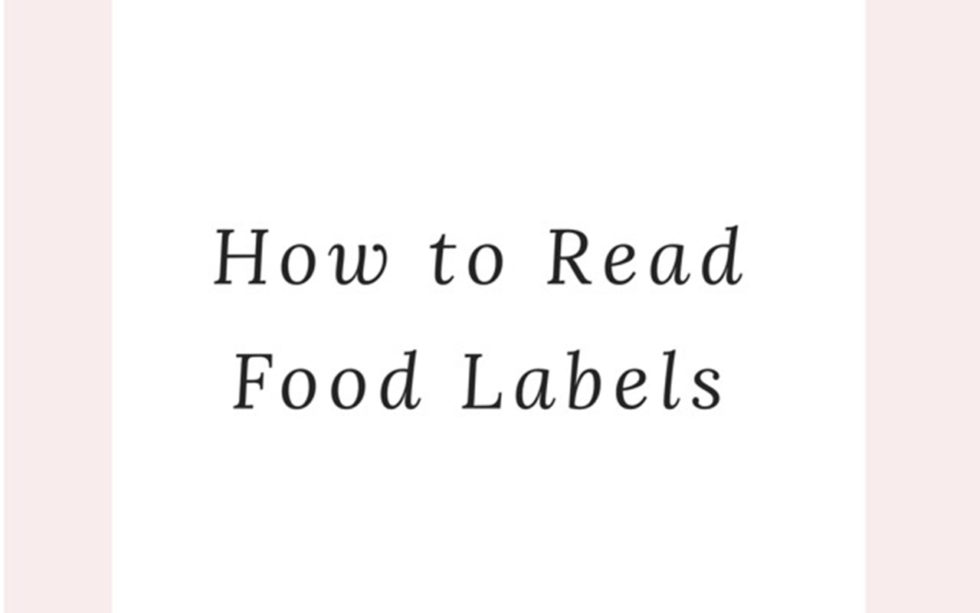
How to Read Food Labels
This is probably one of the most important information anyone needs to know in order to make healthy choices. So please keep reading.
Making healthy choices can be overwhelming at times. Especially when we are being bombarded with different health claims and having to navigate the aisles of supermarkets that seem more like a labyrinth. One crucial skill that will make your life easier and prevent you from letting marketing strategies fool you into buying unhealthy products is to learn how to read labels. I actually have great news for you. You don’t need to have a nutrition degree to be able to decipher the label. It is much easier than you think, so keep reading to make sure you are an informed and empowered customer.
1. Ignore any health claims made on the front of the product.
I hate to tell you but the food industry does not always have your best interest at heart. If you want to play investigator for a day, visit your local supermarket and compare claims being made on the front versus what is actually in the product. You will find anything from misleading statements to straight up lies. Anything that will sound good to the public and will make people think they are making healthy choices will be used as a marketing strategy. So save your time and energy and ignore any claims made in the front. Examples are “low-fat” or “no added sugar”, but this won’t tell you anything about the quality of that product. Even worse low-fat products for example often have added sugar to make them taste better so they are actually even worse for you. Do yourself a favor and save time by completely ignoring the front and go straight to the only real important part of the label, which is the ingredient list.
2. Check the ingredients.
If you really want to know what is in your food then you have to simply look at the ingredients. You can usually find them on the back of the label. They are sometimes a bit hard to find with all the other information but it simply says Ingredients (see the example below). Here are the basics of what you need to know.
- Ingredients are listed by quantity, starting from the highest to the lowest amount. So if any type of sugar (more about this later) is listed as one of the first ingredients you know that this is not a health food.
- Watch out for long ingredient lists. Usually, healthier products have fewer ingredients. A rule of thumb is no more than 5 ingredients.
- Avoid ingredients that you cannot recognize as foods. Often highly processed foods contain a lot of additives, preservatives, artificial colors, etc.
- Opt for products that list whole foods.
3. Learn how to recognize “hidden” sources of sugar.
Although eating sugar from time to time doesn’t have to be a bad thing and can be a part of a well balanced healthy diet, it is important to be able to recognize hidden sources of added sugar. Sugar in all forms even the natural one is not a health food and claims can be very misleading for the consumer. I am not talking about sugar in the form of whole foods such as fruits. Added sugar in yogurt, cereal, granola, bars, etc. can add up to a lot. It is important to be aware of what is in the food you are eating. There are many different names for sugar and here are the most common ones:
- High-fructose corn syrup
- Anything that says sugar (beet sugar, coconut sugar, etc.)
- Evaporated cane juice
- Anything that says syrup (malt syrup, maple syrup, rice syrup, etc.)
- Anything that ends with -ose (fructose, lactose, glucose, galactose, maltose, sucrose, dextrose)
- Honey
- Agave
- Nectar
- Molasses
- Disaccharides
- Maltodextrin
- Fruit juice concentrate
- Ethyl maltol
- Malt powder
- Dextran
- Crystalline fructose
- Corn sweetener
- Barley malt
- Cane juice crystals
4. Stay away from industrial seed oils and palm oil.
Industrial seed oils sometimes also referred to as vegetable oils are extracted from soybeans, corn, cottonseed, safflower seed and rapeseed (canola). These oils are highly processed and problematic for our health as they are highly inflammatory. To read more about how industrial seed oils are making us sick, check out Chris Kresser’s article.
Watch out for:
- Canola oil
- Soybean oil
- Cottonseed oil
- Safflower oil
I would also recommend avoiding anything derived from palm oil, or palm kernel oil, for environmental and ethical reasons. Deforestation especially in South East Asia, the endangerment of species such as the orangutan and human right violations against indigenous people are a huge problem because of palm oil.
So what kind of oils are healthier choices?
- Extra virgin olive oil
- Coconut oil
- Avocado oil
- Butter, and ghee (if you tolerate dairy)
- Pastured lard/tallow and duck fat
Example of different labels:
To make this process easier for you I would like to show you the difference between a good and a not so good product. I used the example of cranberry juice.
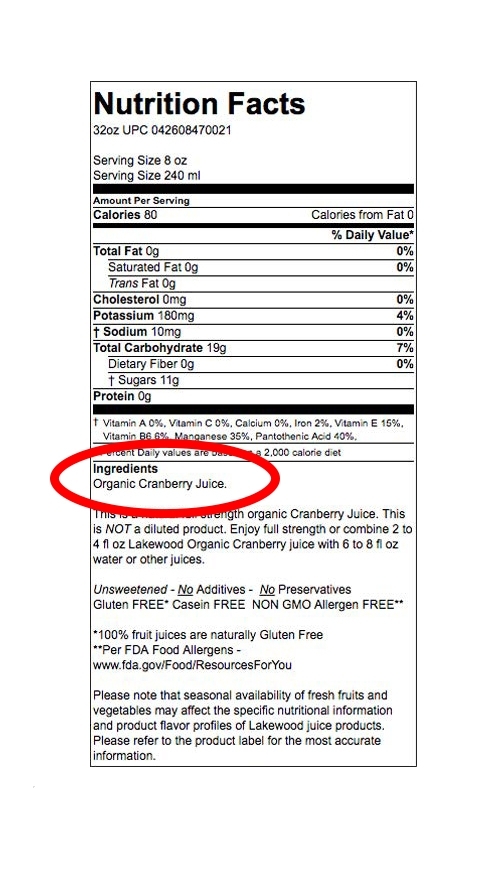
Example number 1 is the best option because as you can see it only has organic cranberry juice.
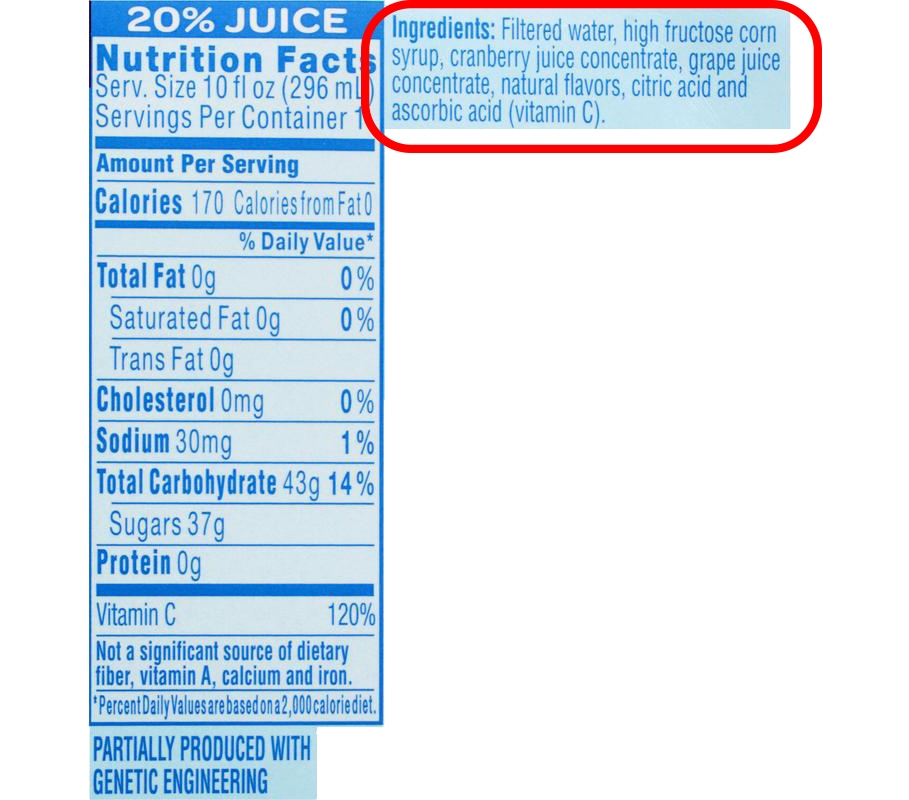
Example number 2 is also supposed to be cranberry juice, but I would actually call this high fructose corn syrup water with cranberry flavor :). As you can see high fructose corn syrup is the second ingredient even before the cranberry juice concentrate so that should tell you to run. The messed up part is that this brand chose to advertise really big on the front of the label that this drink has 120 % vitamin C (which is an interesting claim in and of itself), fooling people into believing that this sugar water is somewhat health promoting.
Summary
To sum it all up when a food has a label it is important to familiarize yourself with how to read labels to make the best decision for yourself and your family.
- You can pretty much skip looking at most claims on the front of the label and take a look at the ingredient list right away.
- Ingredients are listed by quantity, from the highest to the lowest amount. So if a label claims the product is healthy but the first or second ingredient is sugar, then you know that this claim is misleading.
- Watch out for long ingredient lists, especially with items that you cannot recognize as foods. Usually, healthier products have fewer and recognizable ingredients.
- Although some packaged foods are definitely part of a healthy diet I recommend to focus mainly on whole foods that don’t need a label. You can usually find these on the periphery of the supermarket.
Please share this information and blog post with your loved ones. Everyone deserves to know about this.

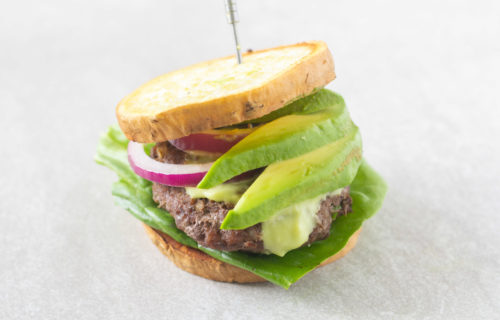
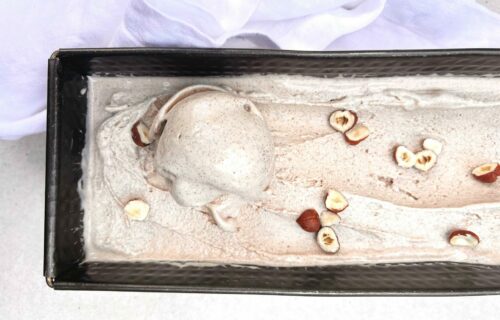
Add A Comment